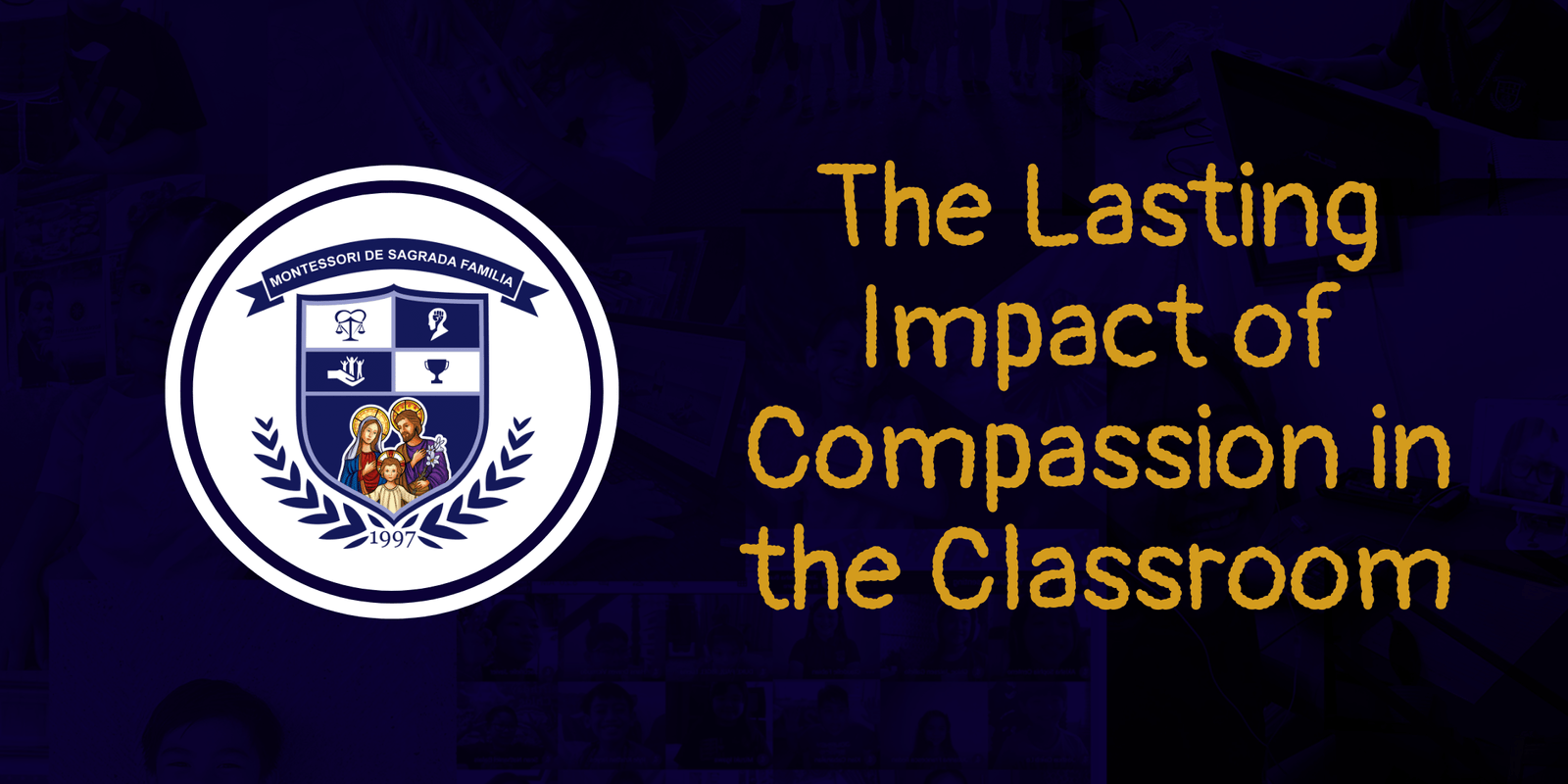Most of us have had that one teacher who made a profound impact on our lives through their compassion.
Let’s revisit a powerful story and explore the deeper lessons it holds.
The Story of Teddy Stallard
In her memoir, a teacher named Miss Thompson shared a touching account of her former student, Teddy Stallard. Teddy was the “boy no one wanted” – unkempt, from a troubled home, and struggling academically.
While the other teachers dismissed him, Miss Thompson saw his potential. Through patience, care and words of affirmation, she helped unlock Teddy’s promise.
Years later, a stranger named Teddy caught her after class. He revealed himself as the once-dejected boy, now a successful man. Miss Thompson’s simple acts of kindness and faith in him changed his life’s trajectory.
The Harsh Realities Students Face
Teddy’s story shines a light on the diverse struggles many students grapple with daily – poverty, abuse, learning disabilities, mental health issues and lack of support systems. These weighty challenges can cast long shadows, stunting academic performance and self-belief.
Yet these students are often misunderstood or worse, written off entirely. Their acting out or disengagement is frequently mistaken for apathy or bad behavior, rather than cries for help and understanding.
The Power of Compassion and Trust
What made Miss Thompson’s approach so transformative was her ability to see past Teddy’s exterior troubles and cultivate an environment of trust, empathy and belief in his capabilities. This created a safe space for Teddy to engage, ask for help, and ultimately thrive.
By fostering open compassionate communication with students, educators can uncover the “why” behind struggles and disruptive behaviors. This unlocks tailored strategies and support to address root issues holistically.
Shaping Belief Systems and Lifting Self-Imposed Limits
Our formative years profoundly impact the limiting or empowering belief systems we build about ourselves. The consistent message that we are incapable, unintelligent or unworthy can inscribe crippling self-doubt that persists into adulthood.
On the other hand, experiencing unconditional belief, high expectations and an asset-based approach rewires our mindsets towards resilience, confidence and a self-driving growth mentality.
Teachers have an unparalleled opportunity to intervene and rewrite the negative narratives passed to students from struggles, trauma or societal biases. Through their words and actions, they can help students shed self-imposed limits and embrace their potential.
The Roles of Teachers and Parents
Teachers:
- Build trusting rapports and get to know each student’s reality
- Maintain high expectations, while validating struggles
- Establish classroom environments of respect, safety and affirmation
- Leverage trauma-informed teaching practices
- Connect families with supportive resources
Parents:
- Create nurturing home environments that counteract societal negativity
- Expose children to empowering role models who defy stereotypes
- Help children identify and flex their unique strengths
- Partner with teachers as allies for your child’s growth
- Celebrate failures as learning opportunities
As graduation nears, let’s celebrate the caring teachers, the supportive parents, and the students who overcame challenges. Because of their hard work, the amazing impact of education goes way beyond the classroom.

